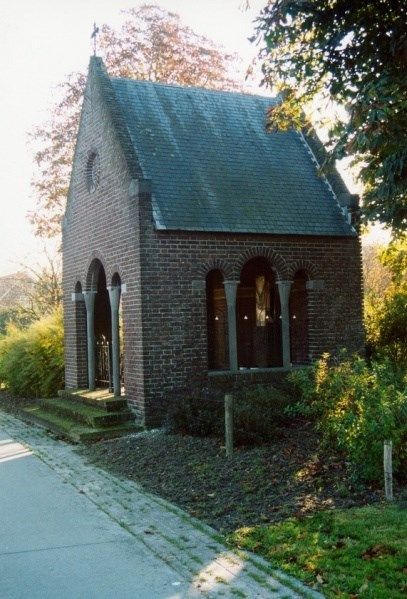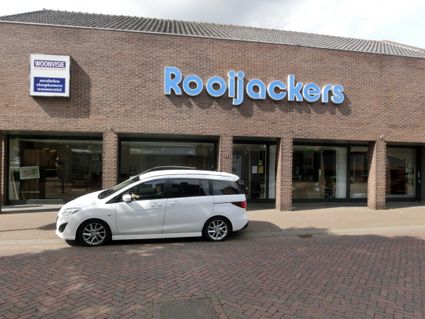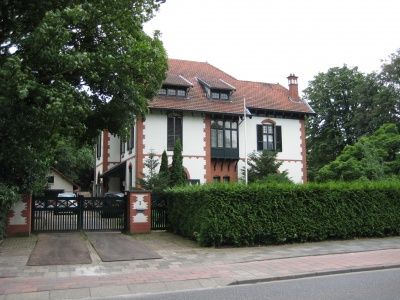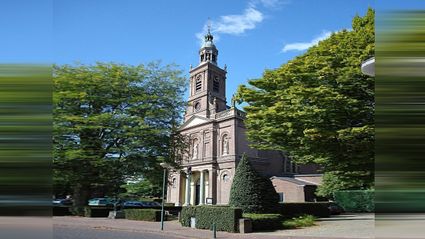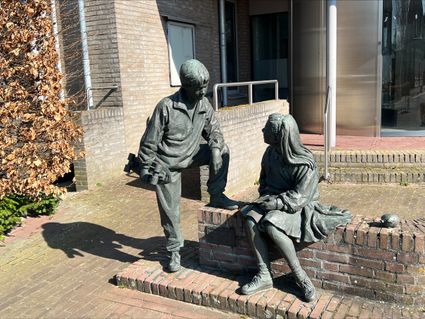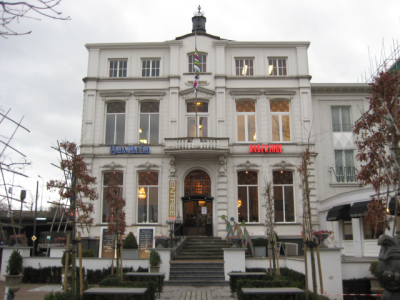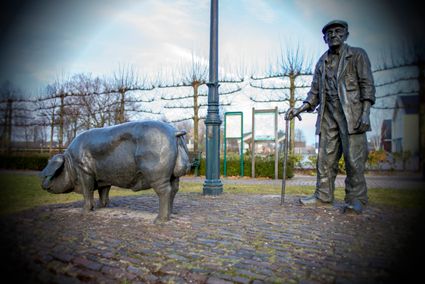Kapel Mariakapel | Milheeze
This chapel was built in 1938 to commemorate the 40th anniversary of priest Simonis' death.
This square brick chapel is one of the last monuments of the 'Rich Roman Catholic life' in which the parish priest was the most …
This chapel was built in 1938 to commemorate the 40th anniversary of priest Simonis' death.
This square brick chapel is one of the last monuments of the 'Rich Roman Catholic life' in which the parish priest was the most important person in the village and everyone marched in full regalia (ladies with white 'poffers' on their heads) when celebrating holy days. This chapel is dedicated to Mary and until the 1950s, people went out in procession on Assumption Day to have Mass there. The chapel was built on land donated by the Cornelissen family and parishioners raised the cost of construction. Pastor Simonis, after whom Pastor Simonis Square is also named where St Willibrordus Church stands, received the chapel as a gift for his 40th priestly anniversary. That was a grand celebration involving a mass and a procession (in this case to the chapel), with many 'brides', traditionally dressed in white, scattering flowers at the front of the procession. The year of construction, 1938, is significant in this case; the 1930s were the crisis years and people did not have much to spare. Nevertheless, this chapel was built.
The chapel was built in the then-popular style of the Delft School, a very traditional style, strongly associated with the Brabant village. Too much decoration detracted from the value of the building, sobriety and simplicity were desired. However, strong distinctions were made in terms of function; farms were simpler than churches, for example. Inside is a statue of the Virgin Mary on a brick plinth and a white ceiling in a barrel vault style. The grey parts of the windows (these windows are also called round-arched triplets) are of natural stone. This is another essential part of the Delft School architecture.
Sources:
W. van Lierop and T. Thelen, Langs velden en wegen: monuments of devotion in Gemert-Bakel, 2006, Drukkerij Vos, Gemert
RCE, Description of monuments

